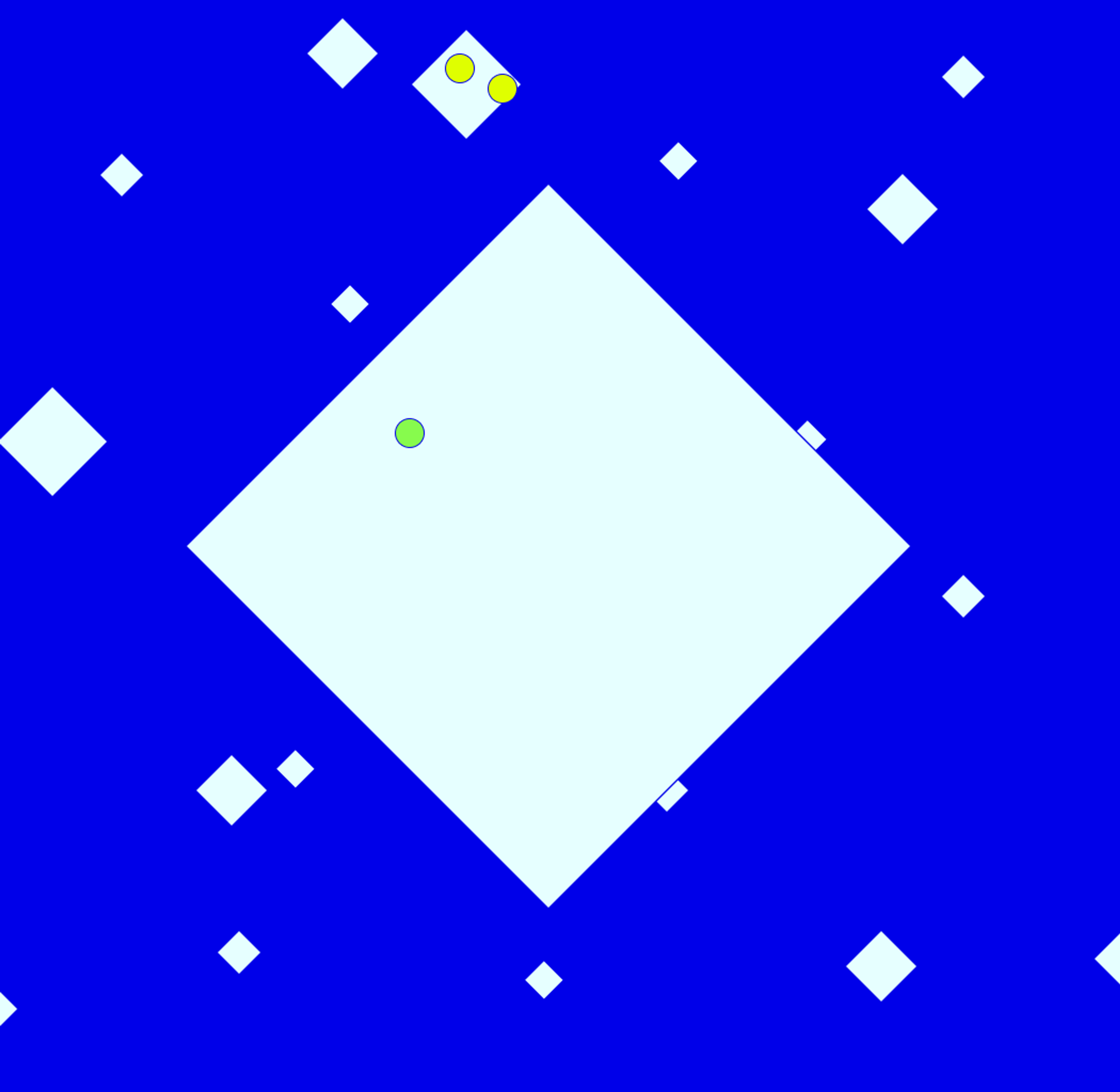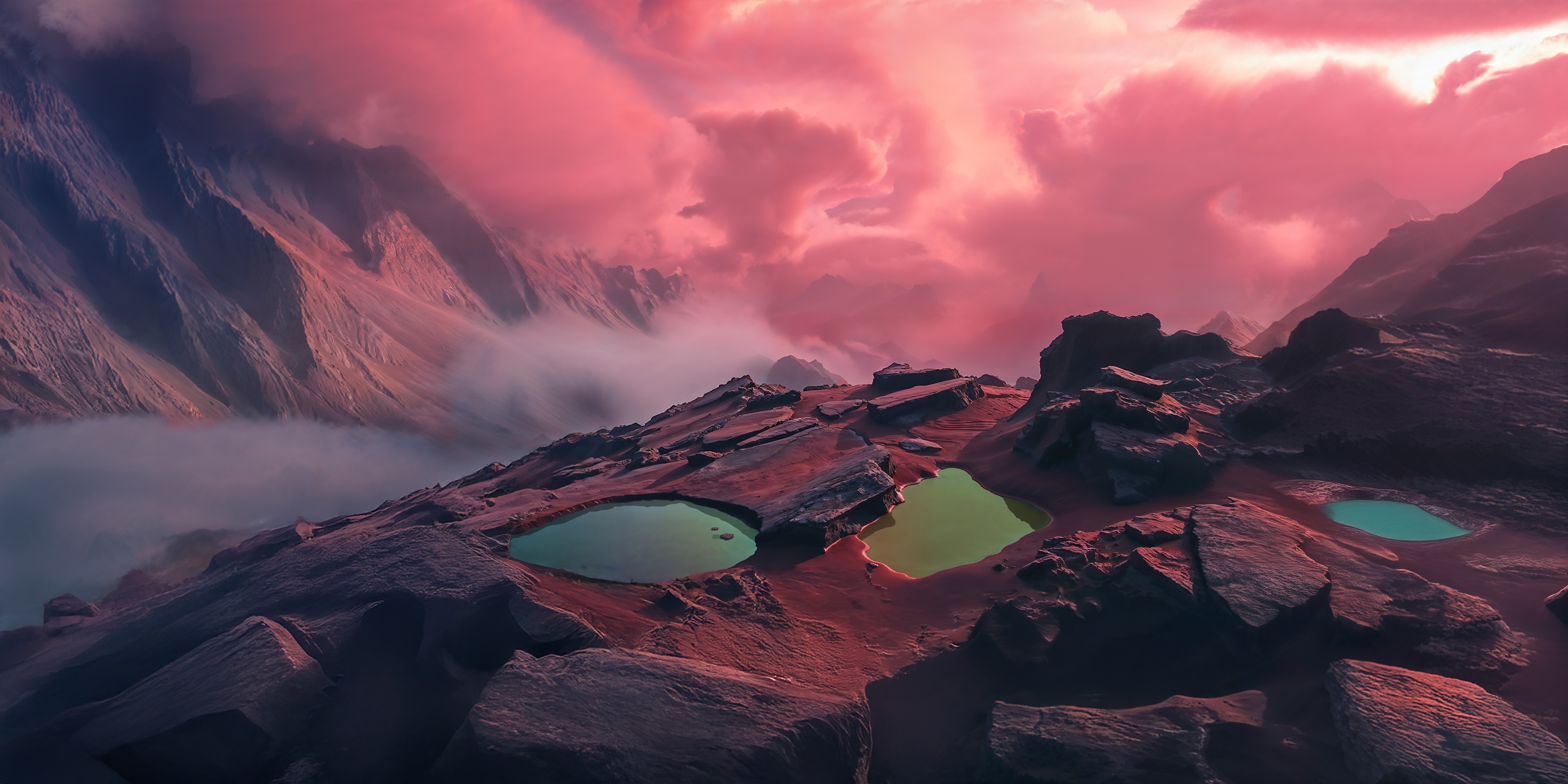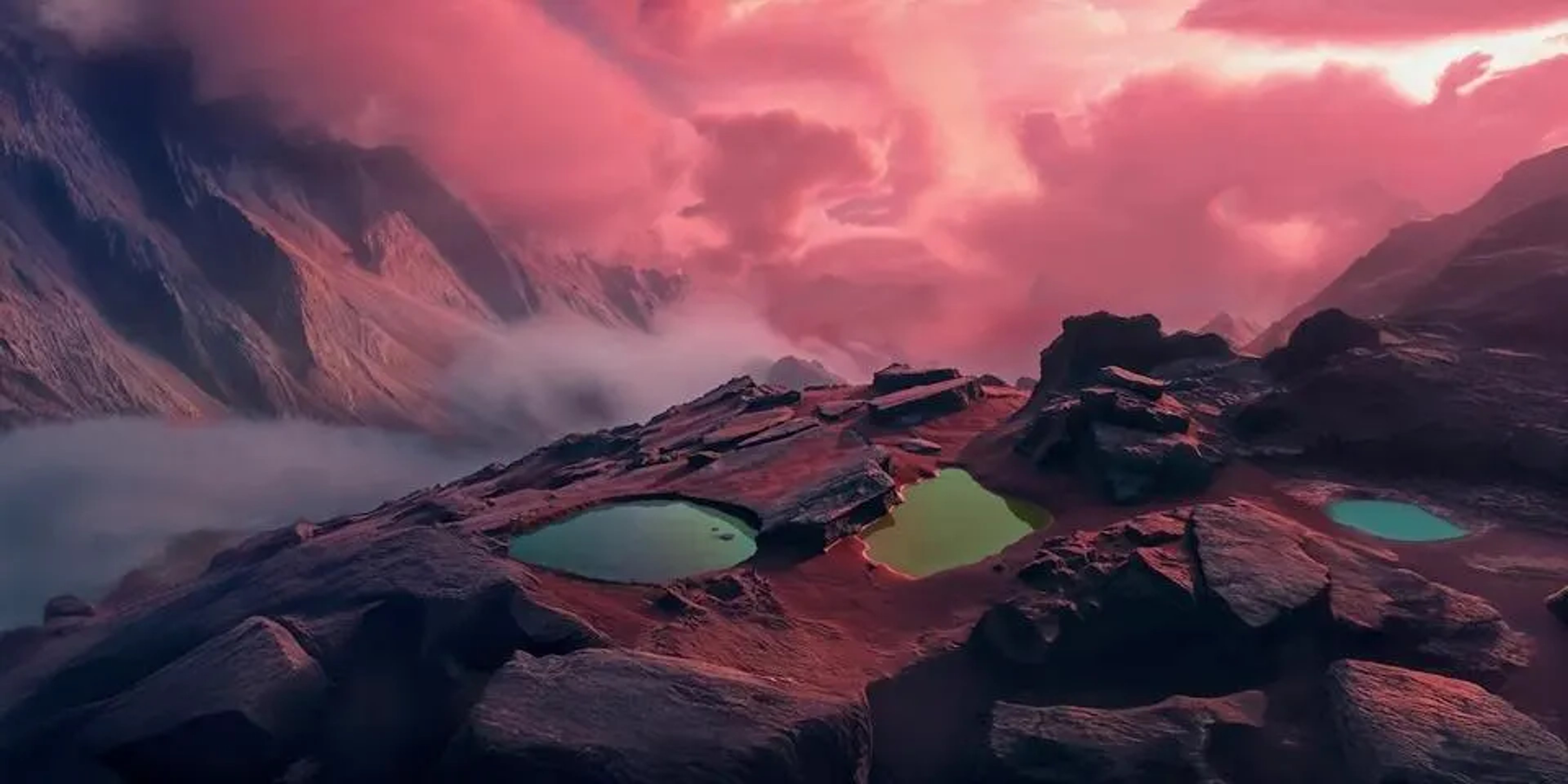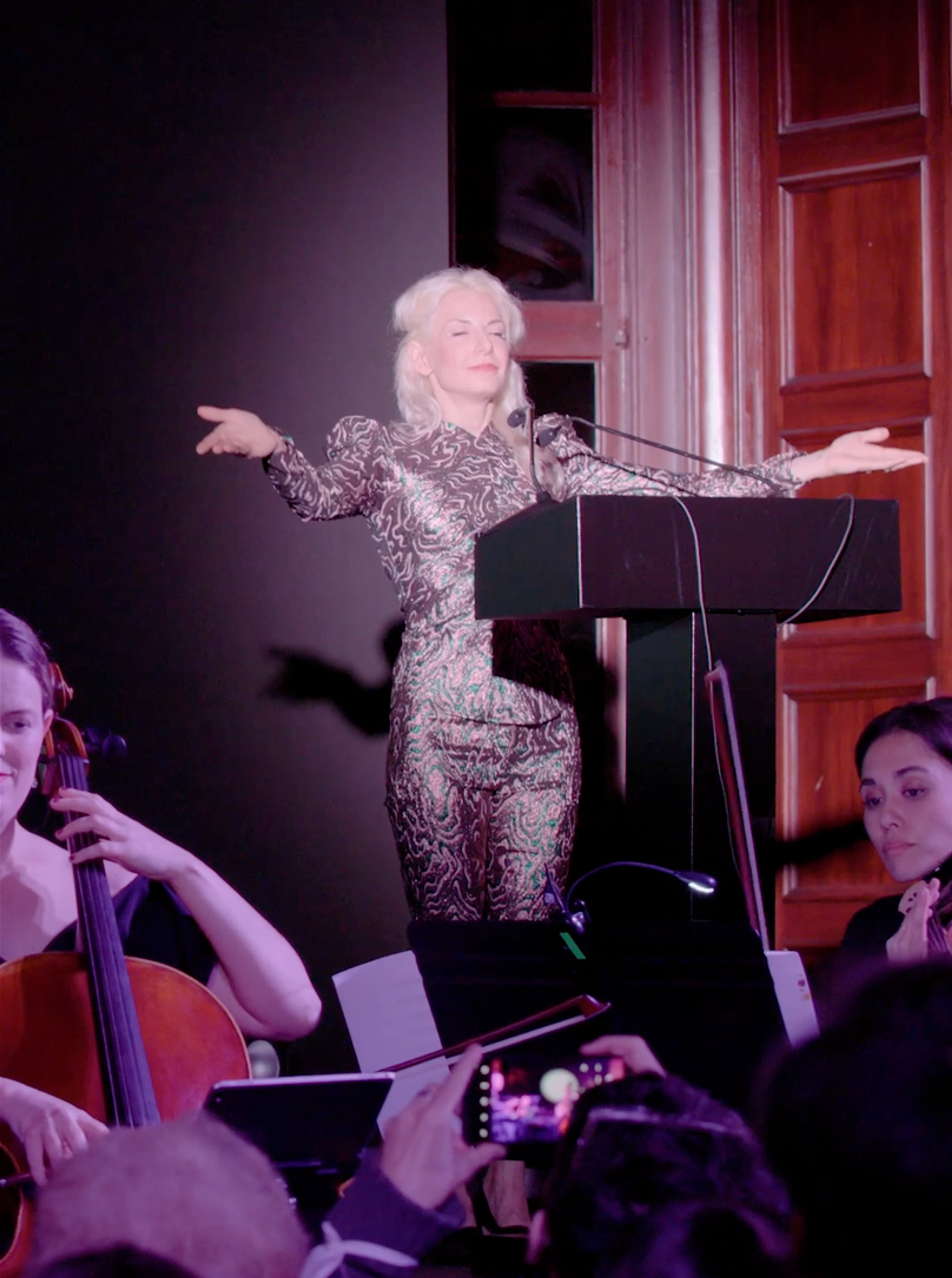Future Histories of Life, Otherwise

Future Histories of Life, Otherwise is a collection of five creative works that mangle the logics of traditional history writing. This collection draws inspiration from sci-fi, scenarios, and what-ifs to suggest historians should exercise capacious methods of story-telling for new ways of thinking about the past. When we denaturalize the present by immersing ourselves in alternate histories, we can ask better questions about how we got here.
We invited scholars to play with methods that subvert time’s linear march. In “The Blue Planet Event: Aliveness and the Axiomata of Astroecology,” anthropologists Dr. Dana Burton, Faculty Fellow at Experimental Humanities & Social Engagement of New York University, and Prof. Valerie Olson, professor of anthropology at the University of California, Irvine, formulate “aliveness” as an assemblage of entities rather than single organisms. They use this perspective to rethink some of modern biology’s most established axiomata from an ancient Martian vantage point. In “Haunted on Mars,” Dr. Asif Siddiqi, professor of history at Fordham University, contemplates an unrealized Soviet space future and considers how the missed possibilities of the past can weigh on posterity. Dr. Gerardo Aldana, professor of Chicana/o Studies at the University of California, Santa Barbara, in “Citlalli in the Sky with Cnidaria,” collapses near futures with ancient histories, exploring contact according to Mayan cosmologies. “Empire of the Dandelion,” written by Dr. Lois Rosson, Space Historian with the NASA History Office, and Dr. Claire Isabel Webb, Associate Director of Future Humans at the Berggruen Institute, examines the extractivist logics of commercial aerospace ventures. We resituate corporations as entities that exist within an ecosystem. “Extraterrestrial Ectogenesis” by Dr. Evie Kendal, bioethicist and public health scientist, uses imagined digital platforms to explore political dissent over issues of reproductive rights in this moment when it is simultaneously under threat on Earth and is gaining traction as a future technology in outer space.
We—who have day jobs as scholars, not poets, or science fiction writers—found it useful to self-reflexively comment on our experiments. Accompanying each piece is an Exegesis that steps out of the story to break down for readers how fact and imagination come together.
We hope each story inspires you to hold together the pluralities of pasts, nows, and futures as we co-create life on and beyond Earth.


